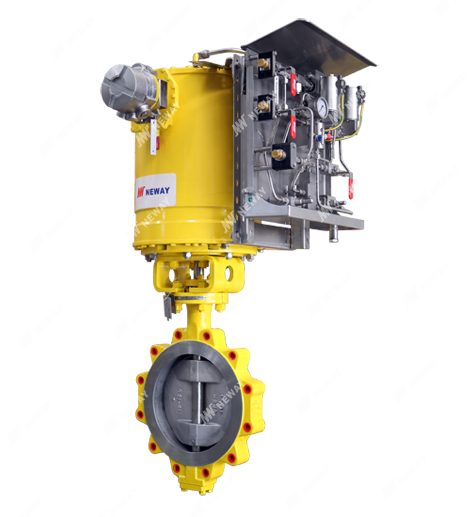In industrial settings, managing the flow of process media is a fundamental safety and operational requirement. A shutdown valve is a critical piece of equipment designed for this precise task. This valve acts as a reliable gatekeeper, used to initiate an immediate stop in the flow of a fluid within a pipeline or process system. Its function is integral to safety instrumented systems.
The Primary Role in Safety Systems
The core purpose of a shutdown valve is to isolate a section of a process during an emergency or a planned procedure. It is not intended for regulating flow but for providing a full, secure seal when required. These valves are typically part of a larger automated system that receives a signal from sensors or a control unit. Upon receiving this signal, the valve actuator moves the valve to its safe position—either fully open or fully closed—to prevent incidents.
Connecting On-Off and Shutdown Functions
While the term shutdown valve emphasizes its emergency role, its operational mechanism is that of an on-off valve. An on-off valve is a broad category for valves that provide tight shut-off, moving between two positions: completely open or completely closed. Therefore, a shutdown valve is a specific application of an on-off valve that is integrated into a safety loop. This distinction highlights its specialized function beyond general flow control.
Neway Valve and Reliable Isolation
The performance of a shutdown valve depends on its ability to seal leak-tight and operate reliably under demanding conditions. Neway Valve manufactures on-off valves engineered for such critical duties. These valves are constructed to handle various pressures and temperatures, ensuring they perform their isolation function when activated. The design focus is on durability and consistent operation to support system safety.
The implementation of a shutdown valve is a standard practice for protecting personnel, equipment, and the environment. Its design as a specialized on-off valve makes it a cornerstone of industrial safety protocols, providing a definitive response to potentially hazardous situations.




